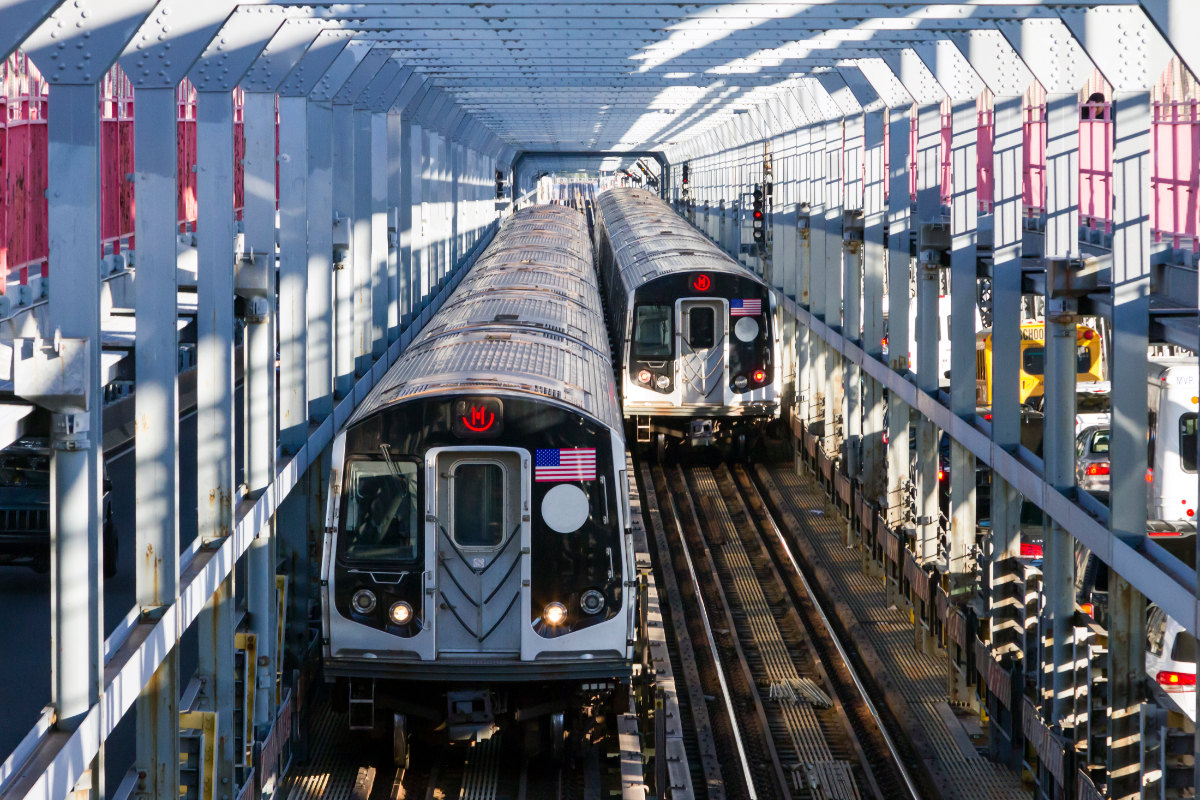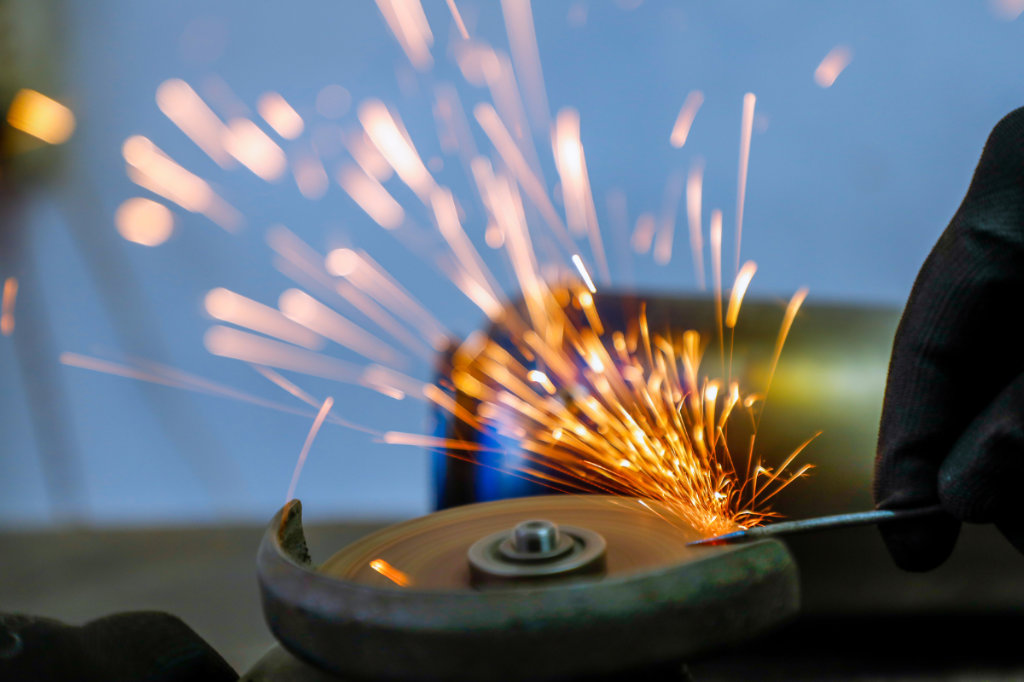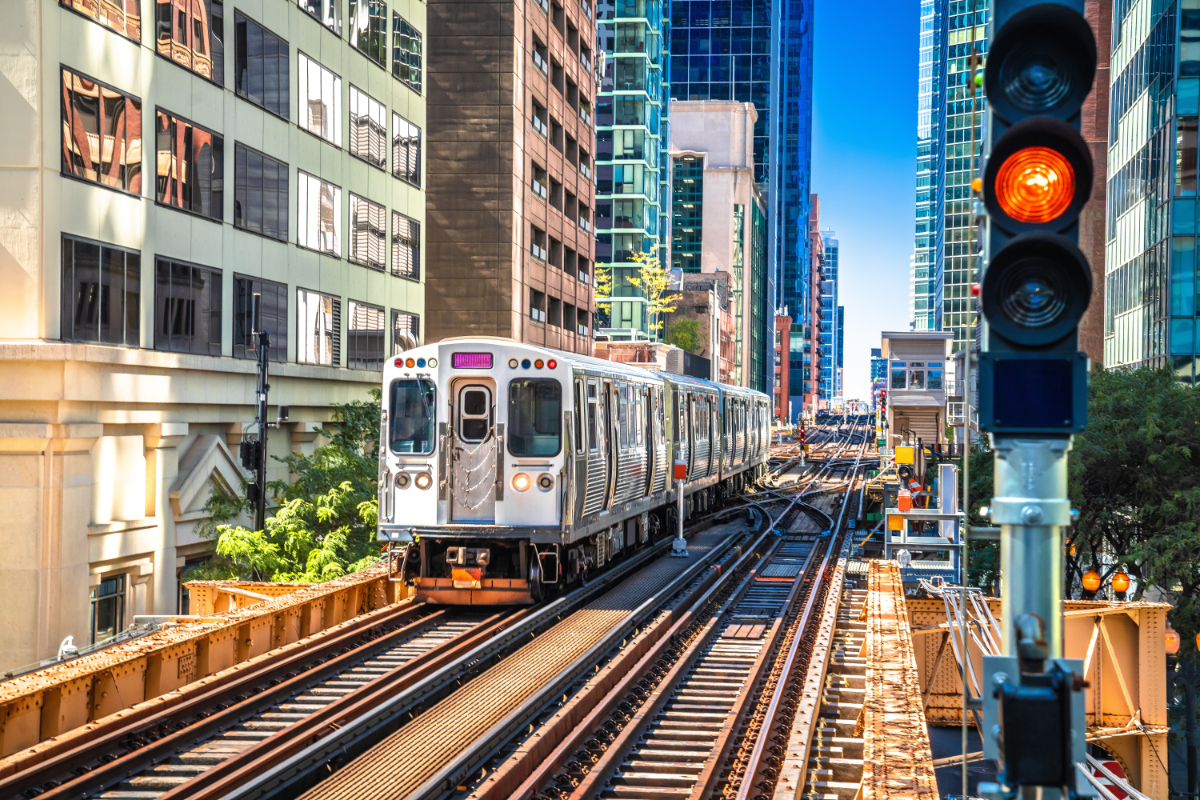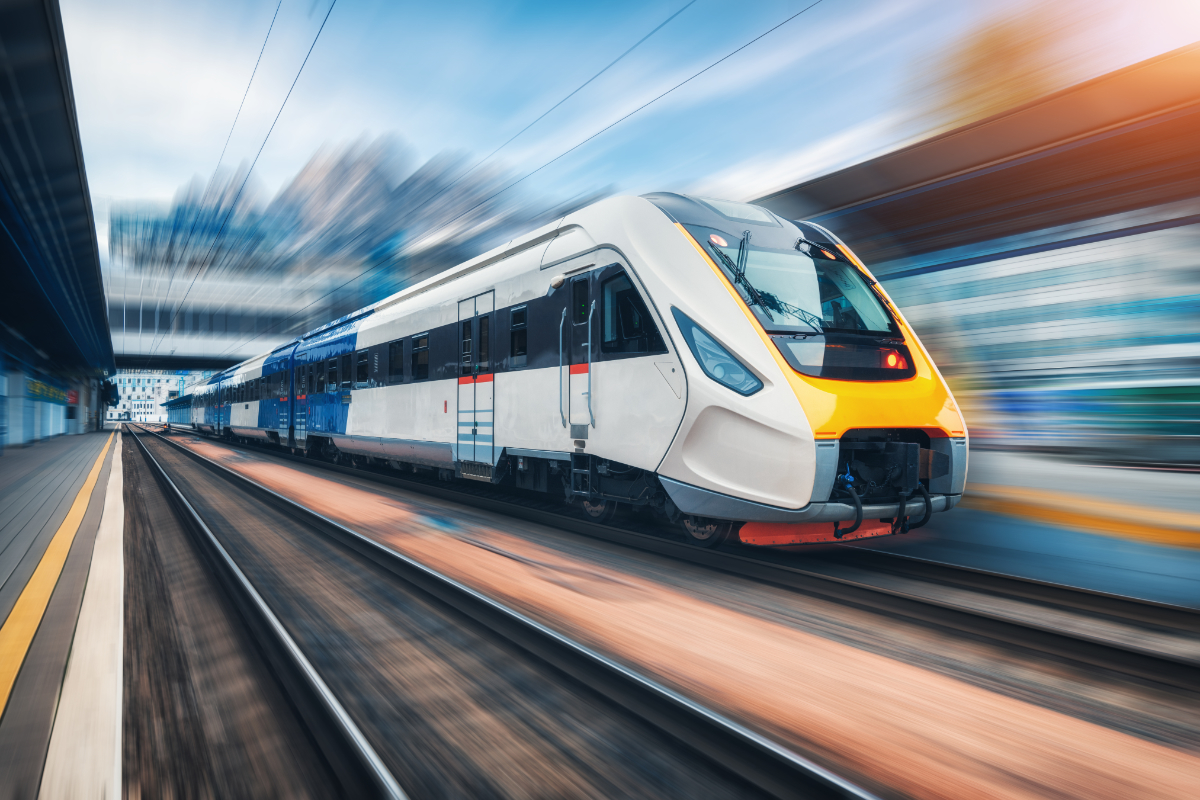
In recent years, there has been a push, across the United States and much of the world, to transition to electrified transportation solutions over their fossil fuel-reliant counterparts. Electric transit systems are far more environmentally friendly and will continue to play a key role in fighting the effects of climate change and shifting toward a more sustainable way of living.
This has also necessitated huge leaps forward in the various tools and technologies that power these electrified transit systems. Today, we will take a close look at one such innovation: stinger energy delivery systems.
Introduction to Stinger Energy Delivery Systems
In short, a stinger energy delivery system (EDS) supplies power to an electric train or other vehicle when it is disconnected from the main system (e.g., the third rail or power line), particularly when the vehicle is out of service for maintenance or servicing.
Our stinger EDS is a form of extension cord located inside the train maintenance facility. These buildings will contain a power substation or switchboard, from which a long cord can be plugged into the train to supply it with the necessary power during servicing. This allows the train to move within the maintenance facility when required and operates some auxiliary systems, such as lighting.
Some stinger systems involve storing the cord coiled on a rail that is stationary on the side of the building wall, and others utilize an energized overhead rail with multiple “drops” of cable that can then be plugged into the train at different locations as required.
Components of a Stinger Energy Delivery System
As the name implies, a stinger EDS is not just one item but an entire system. It requires a DC substation to feed the switchboard, which in turn will feed either the overhead rail—allowing the extension cord to roll across the required area—or the extension cord on a reel system. There may be anywhere from 50 feet up to 500 feet of cable.
Application of Stinger EDS in the Electrified Transit Industry
Stinger systems are primarily used in light rail, subway, and streetcar systems in which a third rail is in place. They are not applicable to heavy rail systems, which are powered by, for example, diesel locomotives or batteries.
The extension cord is energized and, at the end, there is an apparatus that touches the third rail shoe, drawing power from the third rail to the traction motors. Because there is no third rail inside maintenance facilities for safety reasons, the stinger system will often be mounted in an overhead tracking system.
The stinger system touches the shoe, and that energy powers the train and allows it to be driven into the maintenance shop. This continues until the first car leaves the facility, at which point the train will pick up the third rail directly again.
Are There Any Alternatives to Stinger Systems?
There are few, if any, viable alternatives to stinger energy delivery systems for powering electrified transit vehicles when they are disconnected from the main system for maintenance. The only other option to move the vehicles would be to tow or push them, which would often be either impossible or prohibitively laborious and expensive due to how these systems are arranged.
Technological Advancements and Innovations
Though stinger systems have been used for many years, they have also undergone various changes in that time. In particular, more sophisticated safety features have been added to keep personnel safe. For instance, when MAC provides a stinger EDS, there are horns that indicate that the system is turned on so that everyone in the facility is aware that a vehicle will be moving. There are also red and green lights, which, again, indicate whether the power is on or off.
We have also worked on several projects where clients requested a breakaway connector. This means that some of the connectors for the extension cord may include an alligator clip, a large elevated clip to clip onto the third rail shoe of the train to provide power. In a situation wherein the train operator forgets to unplug the power or fails to disengage it fast enough—which can accidentally pull the entire cable down all the way and cause damage to the equipment—the breakaway is a safety feature that automatically disengages once a certain force is exceeded.
Installation, Maintenance, and Safety Considerations
Installation of a stinger EDS is fairly simple as it is completely modular. This means that installers simply have to connect all the pieces and run the necessary cables.
Maintenance is also straightforward. The connectors and cables used in a stinger EDS are robust and are rated for hundreds of thousands of operations. Operators may occasionally need to ensure that the cable is not nicked and the jacketing is not torn, replacing any small components that are worn out due to usage. It is also a good idea to occasionally apply electrical grease at the point where the cable is installed in the track overhead.
Stinger energy delivery systems are fairly safe as long as operators follow some basic safety protocols. Each transit authority has rules and regulations that operators must abide by.
MAC’s Innovative Stinger Systems
We have been supplying stinger energy delivery systems to the electrified transit industry for around 30 years and have supplied all the major third rail system transit agencies across the United States, including those in New York City, Los Angeles, Washington D.C., Atlanta, Philadelphia, and Boston.
Our unique stinger EDS was developed in response to reported safety issues and uses the most up-to-date technology to ensure that they are safe, easy to use, and reliable. The MAC stinger EDS, developed based on decades of combined knowledge and experience, is in operation only when the operator turns it on and determines that conditions are safe for its use.
We manufacture our systems in-house in our state-of-the-art workshop, and our team members fabricate, assemble, and perform quality control on every component before they are delivered to our customers. We can also provide a complete installation service.
If you would like to learn more about the MAC stinger energy delivery system or anything we have covered in this post, please contact us and we will be happy to help.
Related Posts





